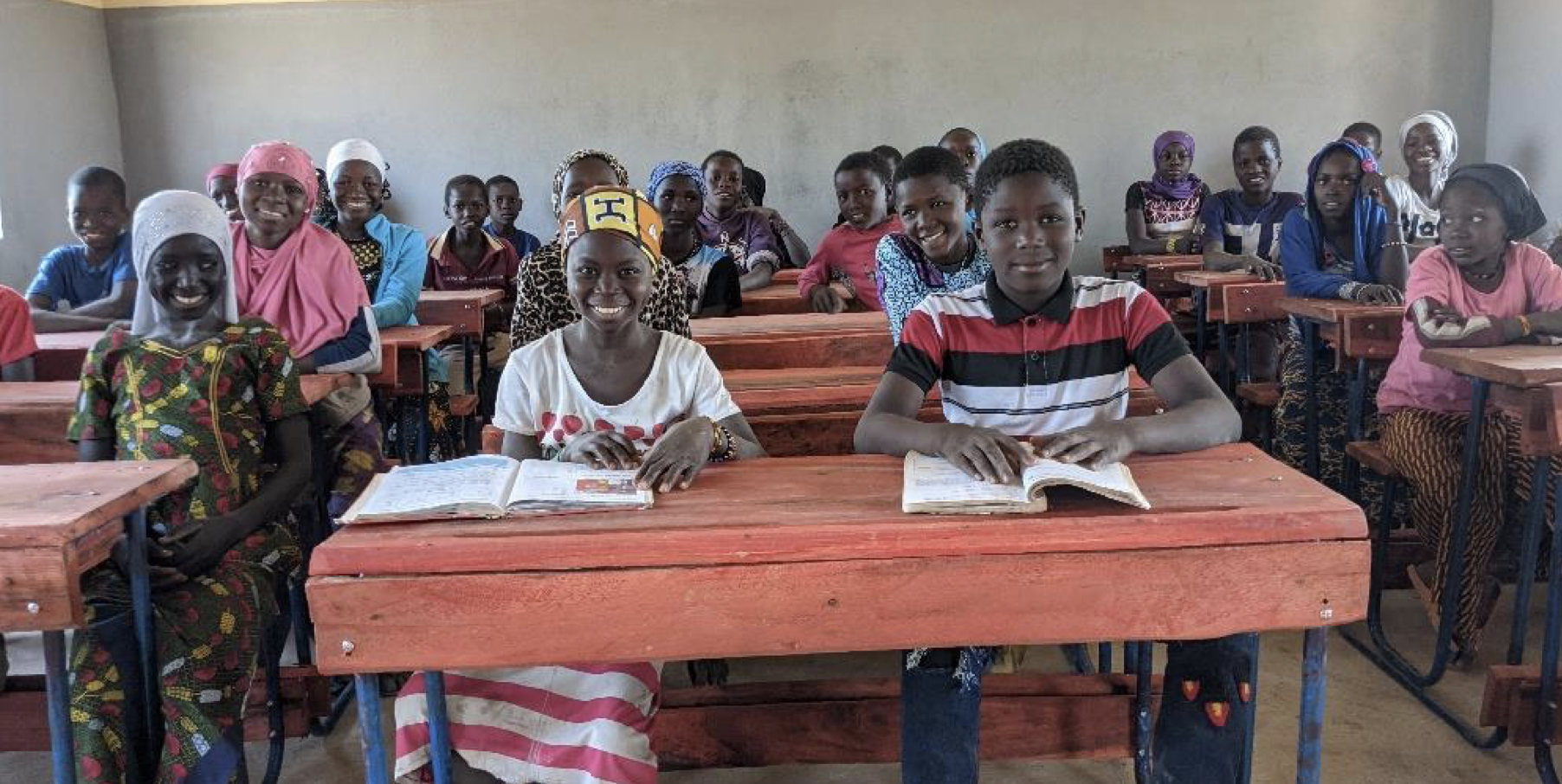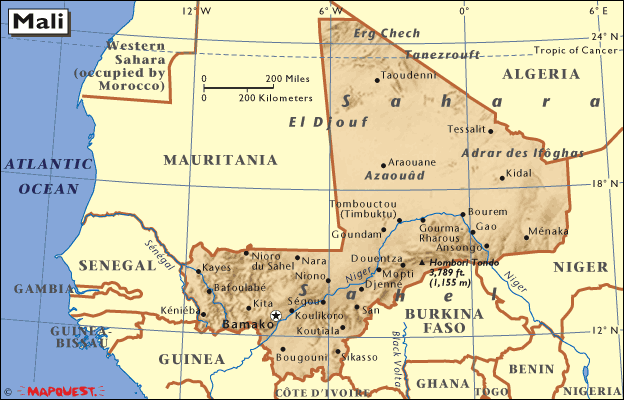Why Mali?
Why are We Building Schools in Mali, Africa?
The population of Mali is about 23.29 million, 47.19% of which are estimated to be under the age of 15 in 2024. The illiteracy rate for people over 15 is more than 60%. Children can expect only a few years of schooling. When Schools3 began building schools in Mali, only 29% of all six-year olds had a school to attend. Now 69% do. Schools3 has helped make that improvement.
Mali is a land-locked country in West Africa roughly the size of Alaska. Mali is considered one of the poorest countries in the world:
Average per capita GNI is US$840, (it is $83,660 in the United States)
36% of the population live on less than US$3 a day
65% of the land is desert or semi-desert
80% of the population are farmers or fishermen
More than 2 million children aged 5 - 17 do not go to school
Over 1100 schools were closed in 2020
More than 7 million people in Mali require humanitarian aid and over half of them are children.
An Overwhelming Need for Schools
Over 1,000 primary schools are needed in Mali before every child has a school to attend. But the country is so poor it simply cannot afford to build that many schools - even though Schools3's simple design can be constructed (and furnished), with volunteer village labor and a few paid workers, for just approximately US$37,000.
School buildings, of course, do not make quality education by themselves. However, we and our partner in Mali, buildOn, work closely with Mali's Ministry of Basic Education to make sure we build schools where it has determined the need to be the greatest, and where—if we provide the school buildings—the Ministry promises to staff the schools with university educated, government-credentialed teachers.
In fact, the Ministry has staffed the schools at a faster rate than promised. So village schools quickly become catalysts for implementing a complete public educational package, open to all children—and every adult—without cost.


